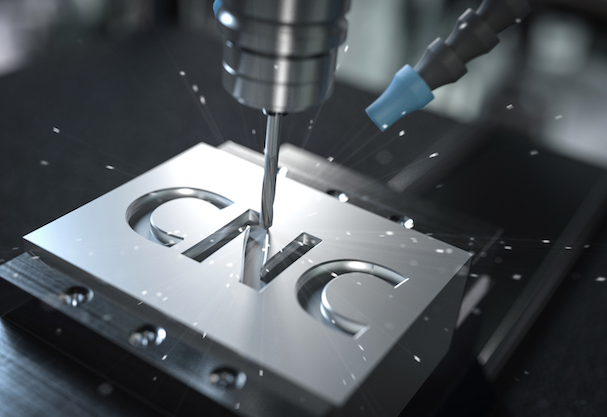To begin the process of sand casting, the first thing that needs to be done is to make a cavity in a sand pile that is only being held together very loosely. This cavity will be used to hold the mold that will be used to cast the object. This space will serve as the holding area for the object that will be cast later. This is because it typically possesses a low level of dimensional precision as well as a low level of repeatability in its measurements. It is a piece of machinery that is essential to the operation of a vast number of businesses, and it is put to extensive use in the production of a wide variety of metal components, on scales ranging from one-off production to large-scale mass production of the components. Its importance to the operation of so many businesses stems from the fact that it is put to such extensive use in the production of such components. It is used extensively not only in the production of metal components, but also in the production of a wide variety of metal components. Not only is it used extensively in the production of metal components, but it is also used extensively in the production of metal components.
The process of casting metal in sand is one method that has been around for a very long time but is still utilized on a significant scale today. Although this method has a long history, it is still practiced today. This method dates back to ancient times when it was first developed. During this process, we will create cavities inside of sand that has been tightly packed and bonded together. Those cavities will then be filled with something. Following that, those voids are going to be filled with something. After these cavities have been carved out, the last step that needs to be taken before they can be considered finished is to fill them with molten metal. This will bring them to their final state.
It is possible to trace the use of metallurgy all the way back to pre-recorded history. This was also the time period during which the concept of sand casting was initially conceived of and developed. This provides evidence that the two ideas are connected in a meaningful way. It was the technique that was used to form metals the earliest and was the one that was used the most. It was also the technique that was used to form metals. In addition to that, it was the method that was utilized when shaping metals. In addition to that, it was the technique that was applied when forming metals into various shapes. It is abundantly clear that the method originated all on its own in a variety of different locations at approximately the same time when the industries of metalworking and metal refining were first established.
This step comes after the step in which the feedstock is sintered. This is made possible as a result of the low cost of sand casting as a method of production, which makes this possibility a reality.
What function does sand casting serve within the context of the manufacturing sector of the economy, and what responsibilities does it shoulder as a result of its presence there?
- One of the most important reasons why sand casting is such an important technique is because it can be applied in such a diverse range of situations and environments
- This is one of the most important reasons why sand casting is so important
- The significance of sand casting can hardly be overstated, and this is one of the most important reasons why
- They are able to create designs that are more complex than what they would normally be capable of doing as a result of this freedom
Sand casting is a type of manufacturing process that is known by its technical name, casting in sand, and can be utilized in a variety of settings. Sand casting is also known as casting in sand. Sand casting is another name for the process of casting in sand. The automotive industry, the aircraft and aerospace industry, the construction industry, the mining industry, the agriculture industry, the marine industry, and the sports and recreational equipment industry are just some of the industries that make use of it.
Sand casting is a process that involves packing sand into a body that is formed around a wooden or rapid prototype master/pattern (or a part that is to be copied or reproduced), which ultimately results in the creation of a mold. Sand casting is a process that has been around for thousands of years. Sand modeling is another name for the process of sand casting. The process of casting cannot proceed until this mold has been made in the first place; until then, there is no way around it. In order to have any chance of successfully producing a casting of a high-quality product at the end of the process, it is essential, however, that each of these steps be correctly carried out. If this is not done, there is no possibility of being successful. Period.
3. After removing the cap from the flask and releasing the pressure that had built up inside the cap, reassemble the flask and make sure it is in a state where it is ready to receive liquid. This step should be performed after first removing the cap from the flask. The procedure can be successfully completed by pouring molten metal into the space in the mold that is not occupied by anything else. This will bring an end to the process. It is imperative that you verify that the metal has been allowed an adequate amount of time to cool before moving on to the subsequent step. If the cast is unpacked in an excessively hasty manner, there is also the possibility that distortion will take place.

